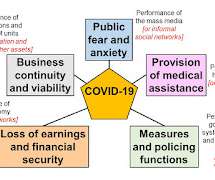10 Times Agile Data Delivered Breakthroughs
Pure Storage
FEBRUARY 24, 2022
These services are also used by airlines, insurance companies, agricultural agencies, transportation services, freight companies, and event organizers. Airlines also use it to predict wind patterns and map the most fuel-efficient routes for their aircraft.












Let's personalize your content